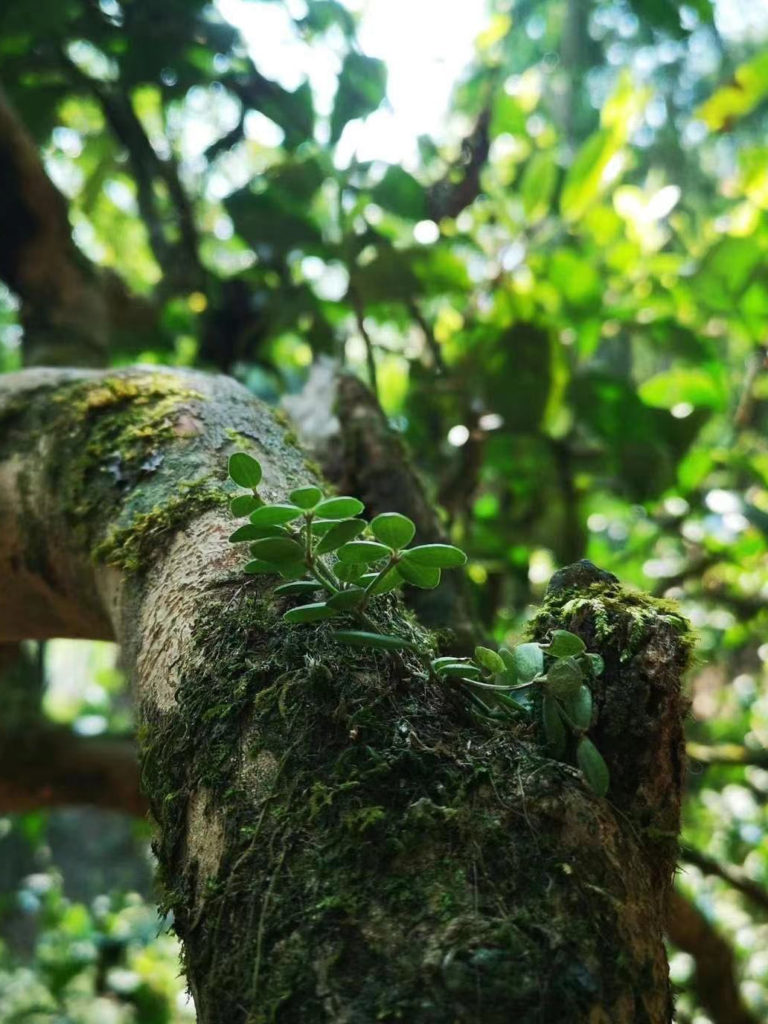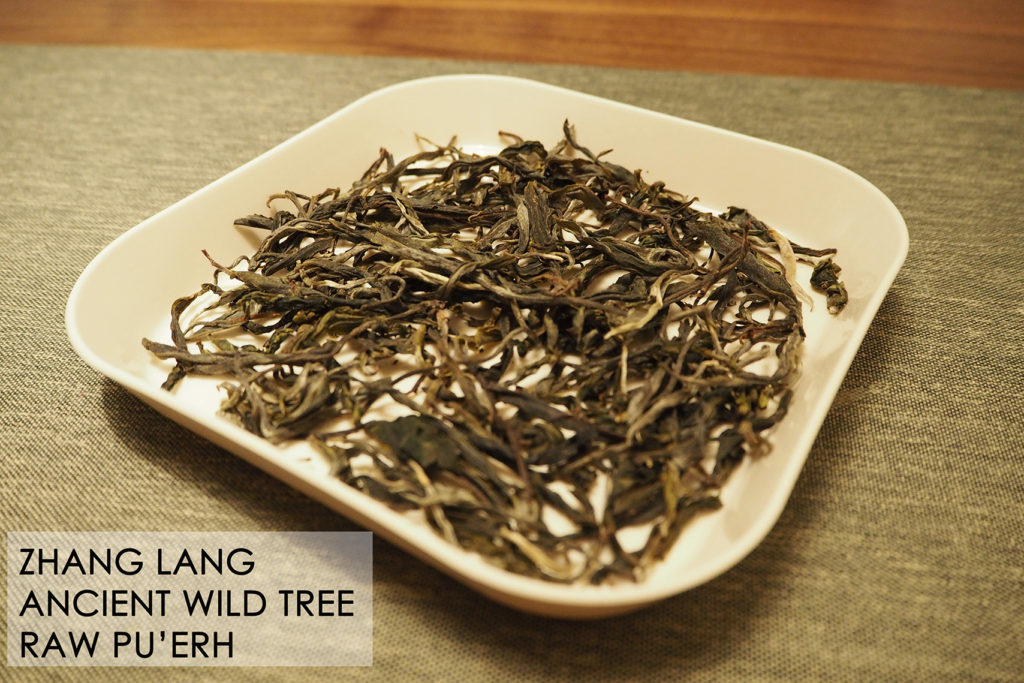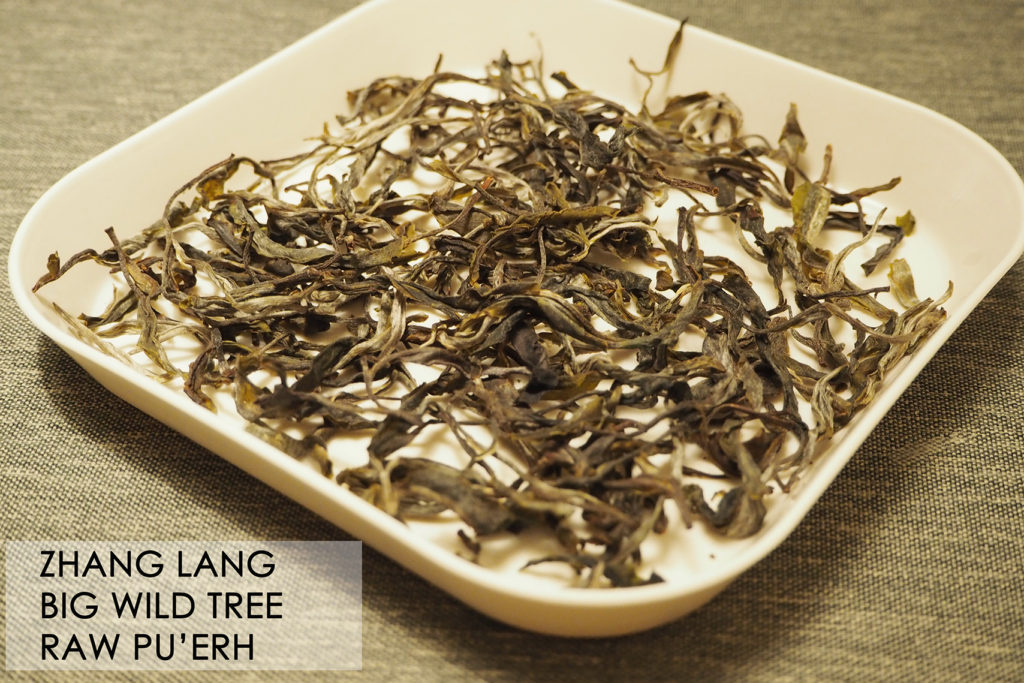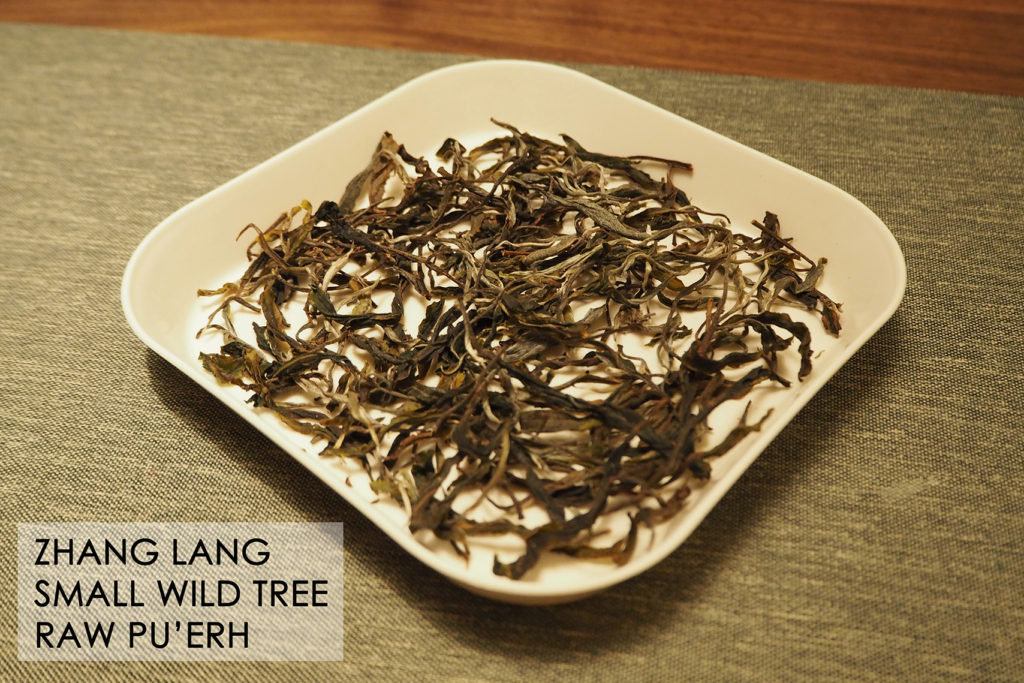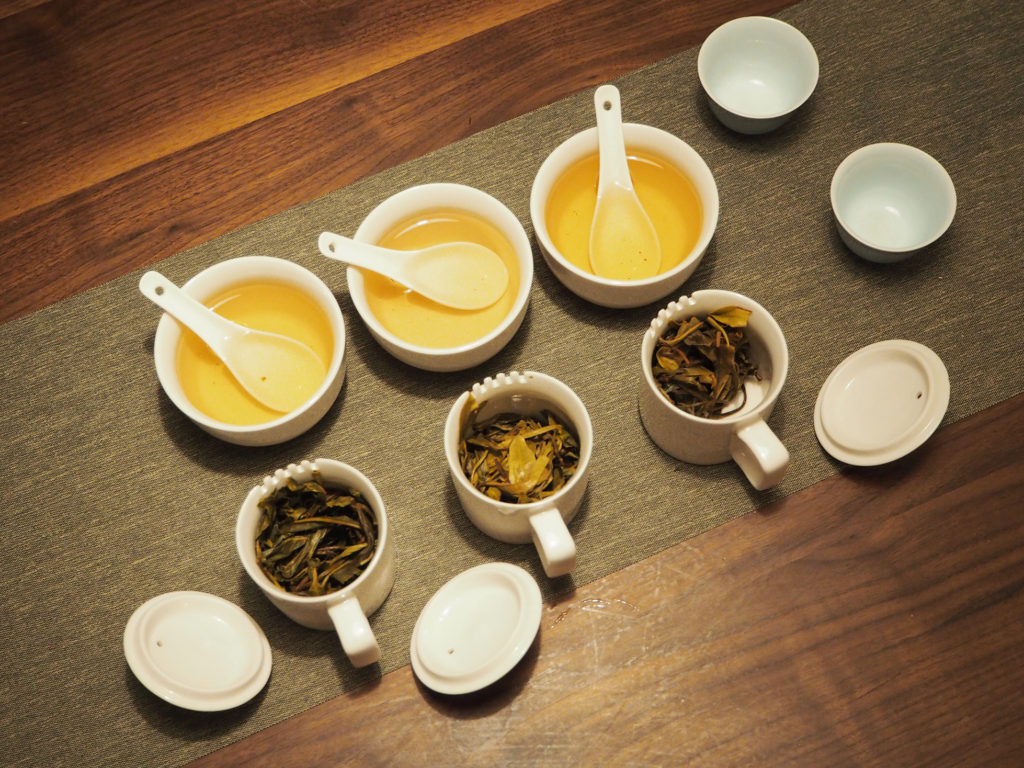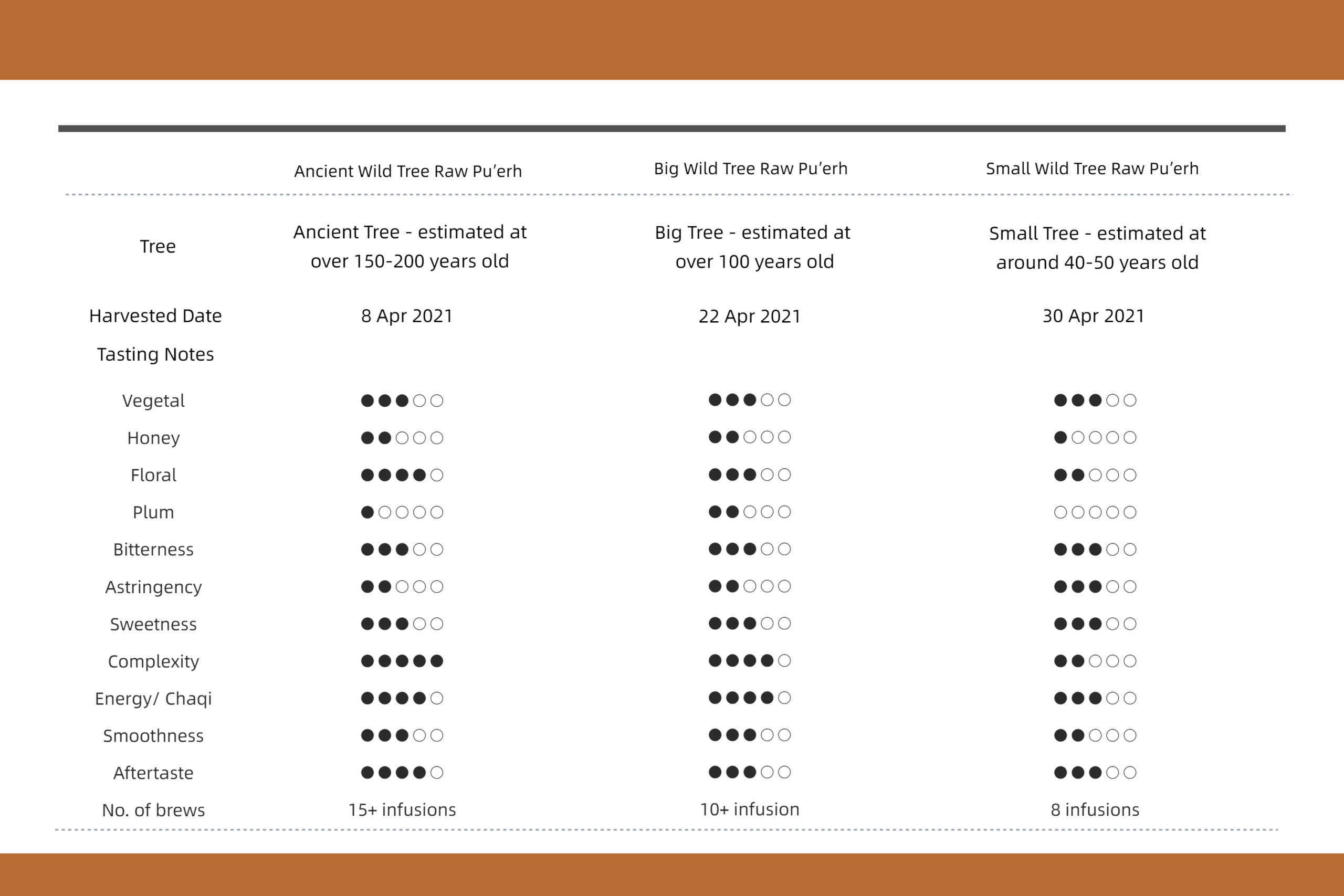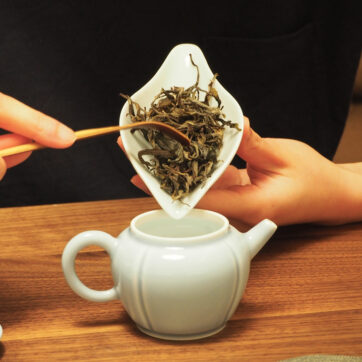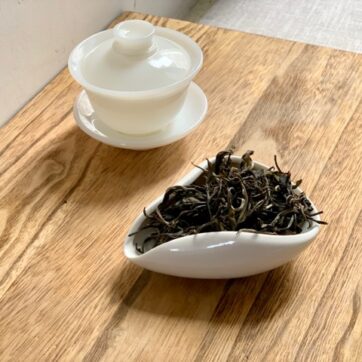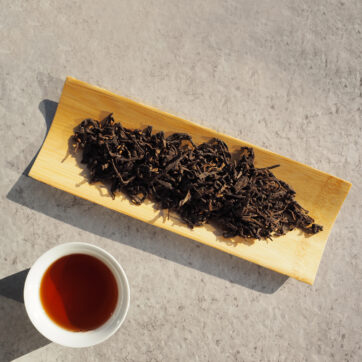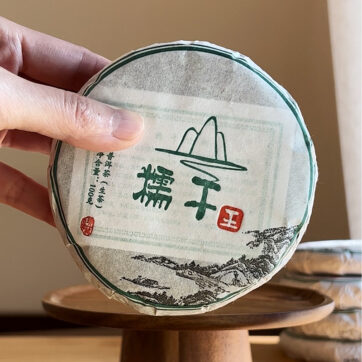Taste of Three Pu-erh Tree Age
Ancient Tree | Big Tree | Small Tree
When taste-testing the new Pu’erh, we always want to try as much Tea as possible from different Tea Mountain, and often miss out on the real taste of a specific place. In this box, we are showcasing the craft of a single talented farmer from Zhang Lang Village in Menghai, so we can compare the real characteristics of Raw Pu’erh without geographical variation. We have curated three kinds of Raw Pu’erh, focusing on comparing the characteristics of the age of tea tree and the harvesting time – (1) Ancient Wild Tree picked in early-Spring; (2) Big Wild Tree picked in the Middle-Spring; and (3) Small Wild Tree picked in the late-Spring.
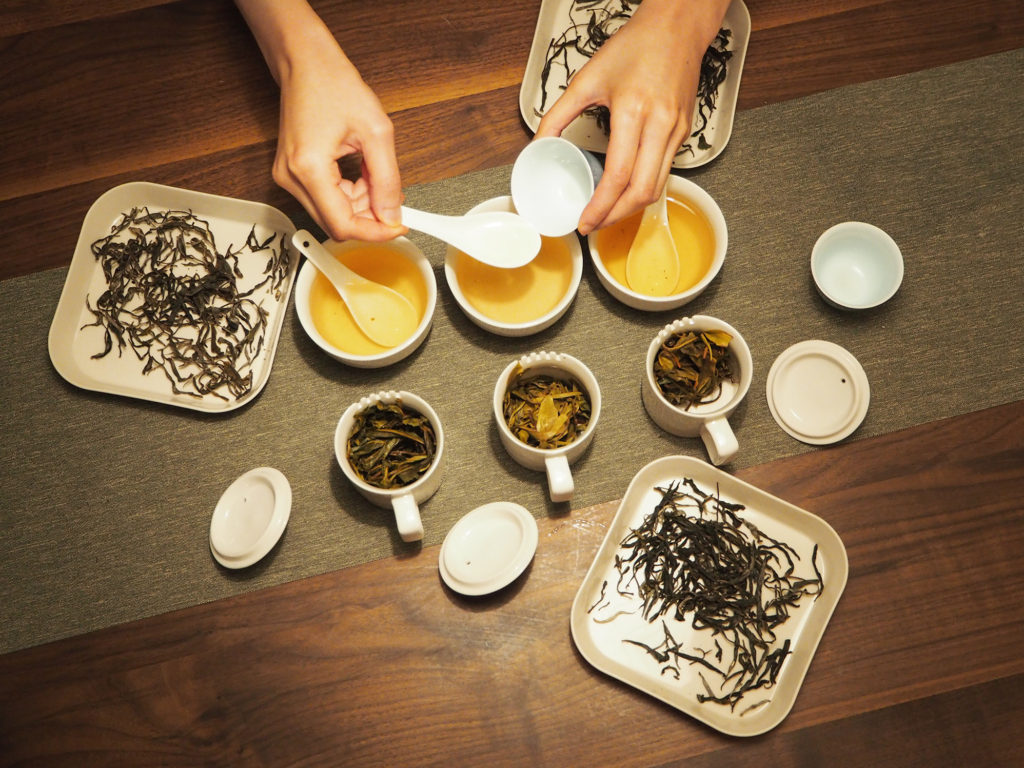
What’s included in mastertasting collection #17 ?
Highlights of THE month’s box
Discover the real taste of Pu’erh Tea from the ecological village in Zhang Lang, Bada Mountain in Menghai, Yunnan
Taste-test and learn to compare the differences among Pu’erh Tea with different age of tea tree and harvesting time
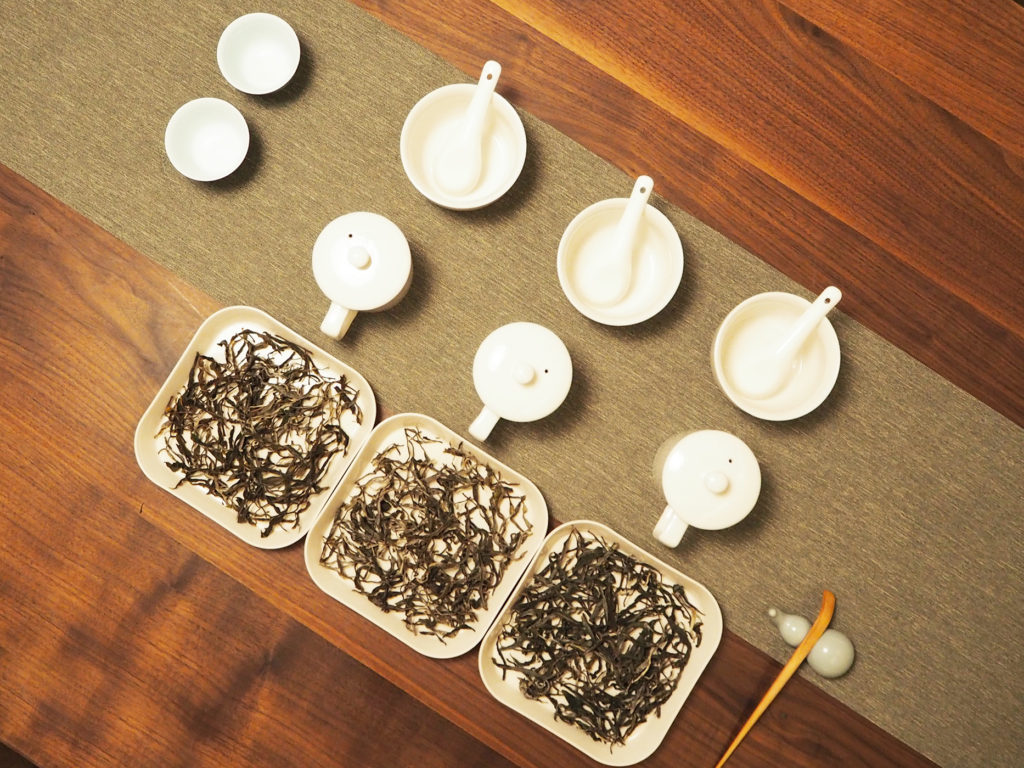
Taste-test each of these Three raw pu'erh from the beautiful zhang lang village
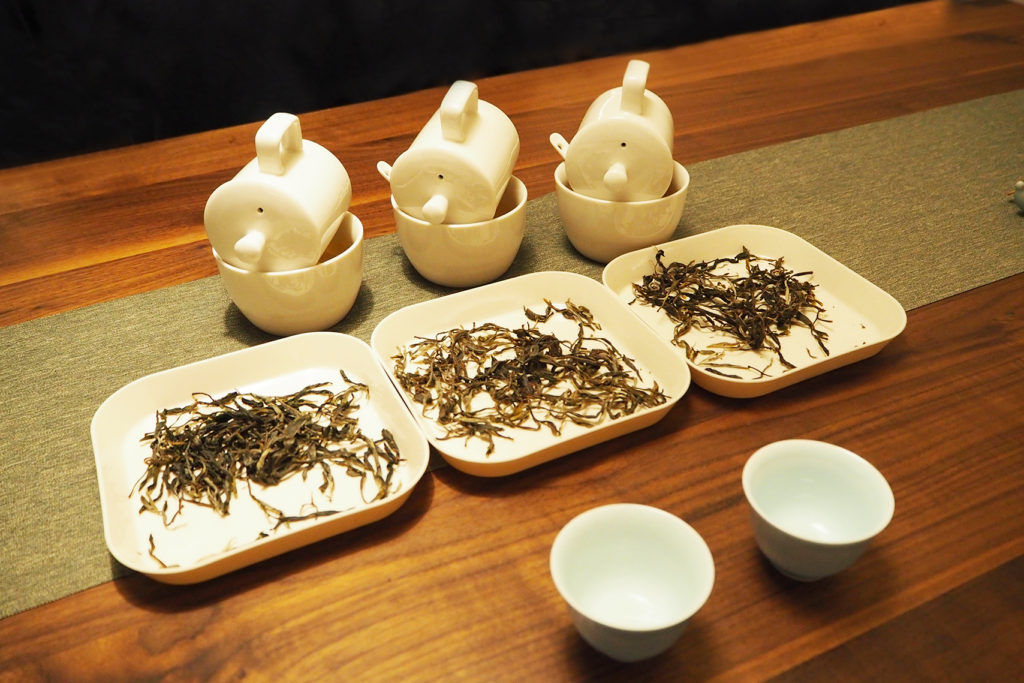
The Story and History of Zhang Lang Village in Menghai
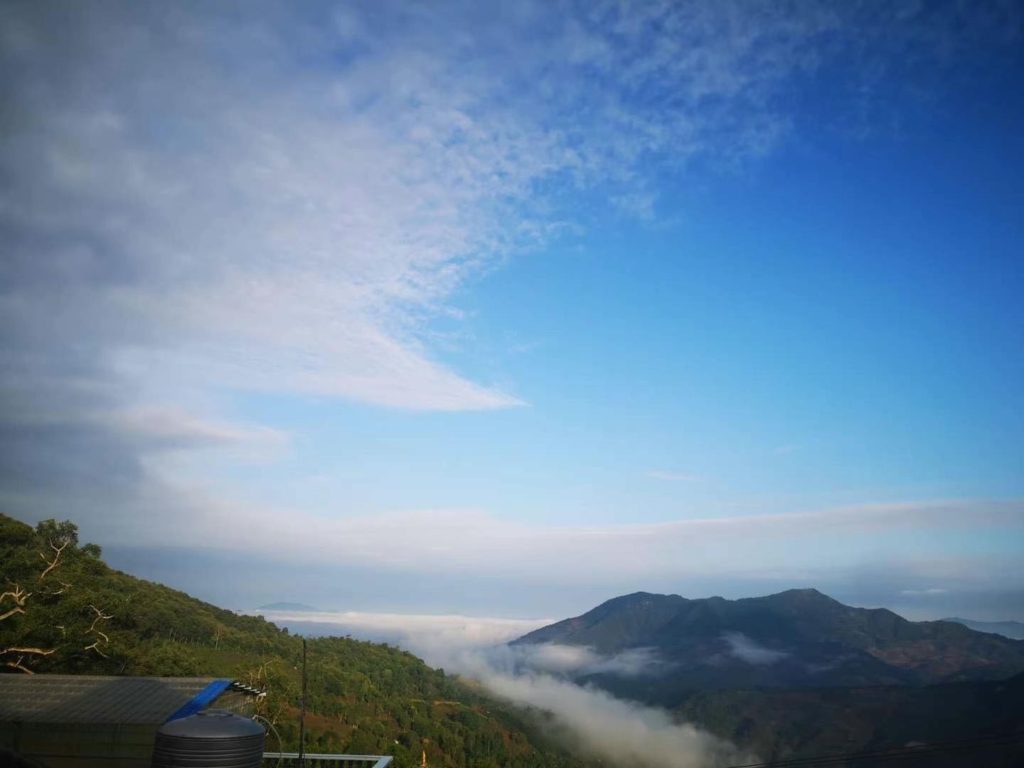
Zhang Lang Village, located in the Bada Mountain range in Menghai, Xishuangbanna, Yunnan. It is an ancient village of the Bulang minority with a long history of Tea cultivation. Although there are only 244 households, it is the largest Bulang village in Xishuangbanna. “Zhang Lang” is a Dai language, meaning the place where the elephant freezes. According to legend, more than 1,400 years ago, the Buddhist disciple Maha used an elephant to carry the scriptures from Sri Lanka. A sudden freezing rain happened during the journey, the elephant was frozen stiff and fell down, the villagers from nearby rushed to help Maha to dry and keep them warm and saved the elephant. Maha built a temple and towers there, he mobilized people from the surrounding villages to move to the current location and set up a new village, named “Zhang Lang”, to commemorate the merits of the elephant.
Charateristics of Zhang Lang Raw Pu’erh Tea
Tea tree
Zhanglang Village, a quiet village located 70km away from the city of Menghai, with 1600m elevation. Pu’erh tea grown in the high mountain forest has the unique advantage of enjoying natural sunlight and absorbing natural nutrients.There are a lots of wild tree planted around Zhanglang Village, 700 acres of ancient tea forests/gardens are planted by the ancestors of the Zhanglang villager. No matters it is big, small or ancient tree, the first impression of Zhang Lang’s tea trees can be summed up in one word- Ecology! The Zhanglang ancient tea tree is different from those in other tea mountains. They are not like the ancient tree in Bulang Mountain with wild tree crown and luxuriant branches, nor are they like the high trunk that stand out in the forests like the ancient tree in Yiwu. The trunk of the ancient Zhanglang tree does not look very thick, but it is very uniform. The height of the tree is not as high as those Yiwu, but it is generally higher than those in the Bulang Mountain. Without any human intervention, the unfettered ancient tree in Zhanglang usually grown as a tree with some weird shape of branches, which looks not very pretty, but it indicated that they are all naturally and freely grown in the wild forest.
Dry Leaves
The strips are tight, grey brown and bright with shiny and hairy pekoe. The Ancient Tree raw pu’erh plucked in early spring is having relatively bigger buds and smaller leaves and stem, while the big tree raw Pu’erh is having medium size of buds, leaves and stem. The small tree raw puerh is having small buds,longer leaves and stem.
Liquor
Tasting Notes
The taste of these three Tea is generally strong with bitter and astringent taste, but the Hui Gan aftertaste is very good and lingering with layered and complex texture. You will find both the the dry tea and the bottom of the cup have a strong and long-lasting aroma, the aftertaste is sweet, the texture is plump and smooth, and the tea fragrance is pure with apparent floral, plum and honey notes. The below table shows more details of the different tasting notes between these three raw Pu’erh.
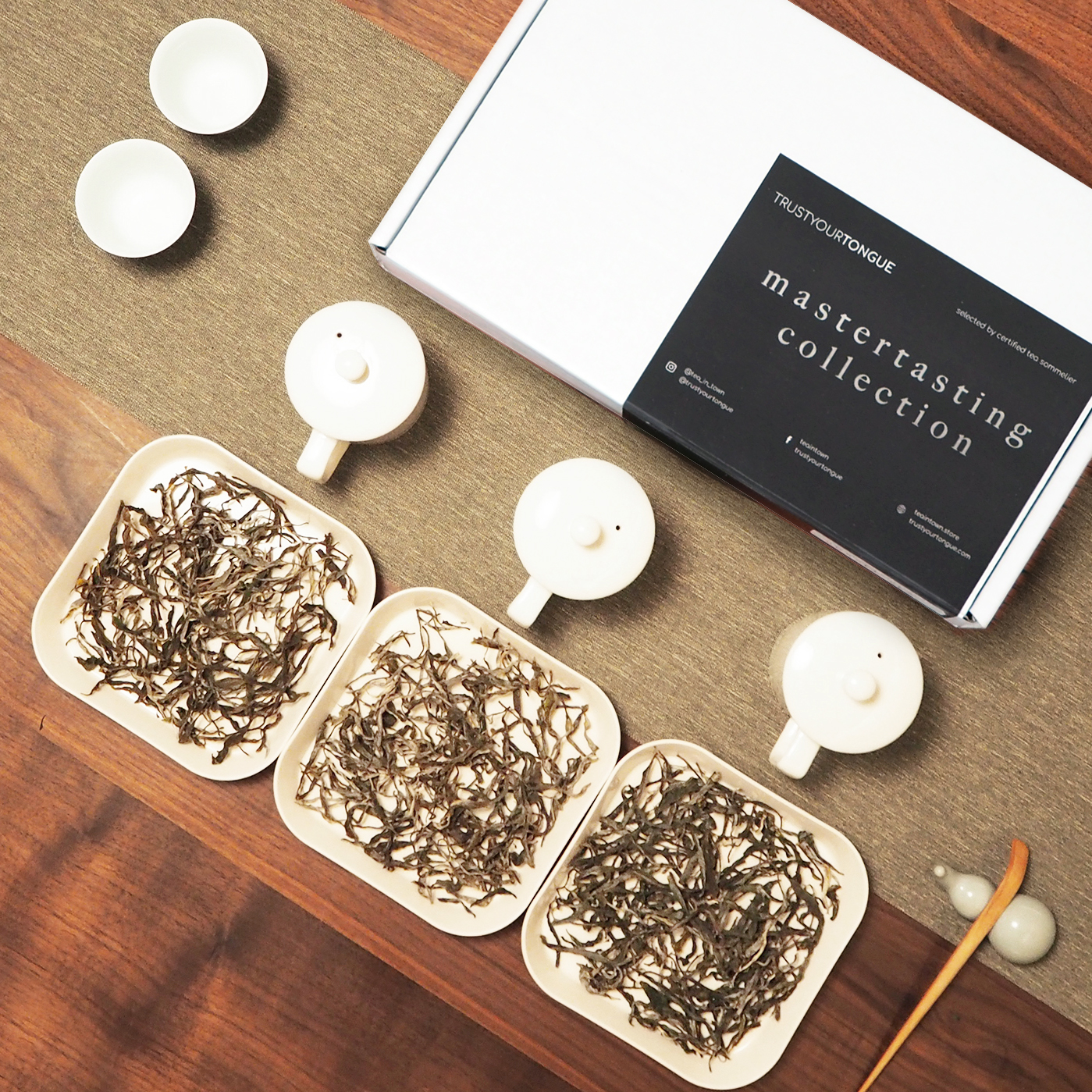
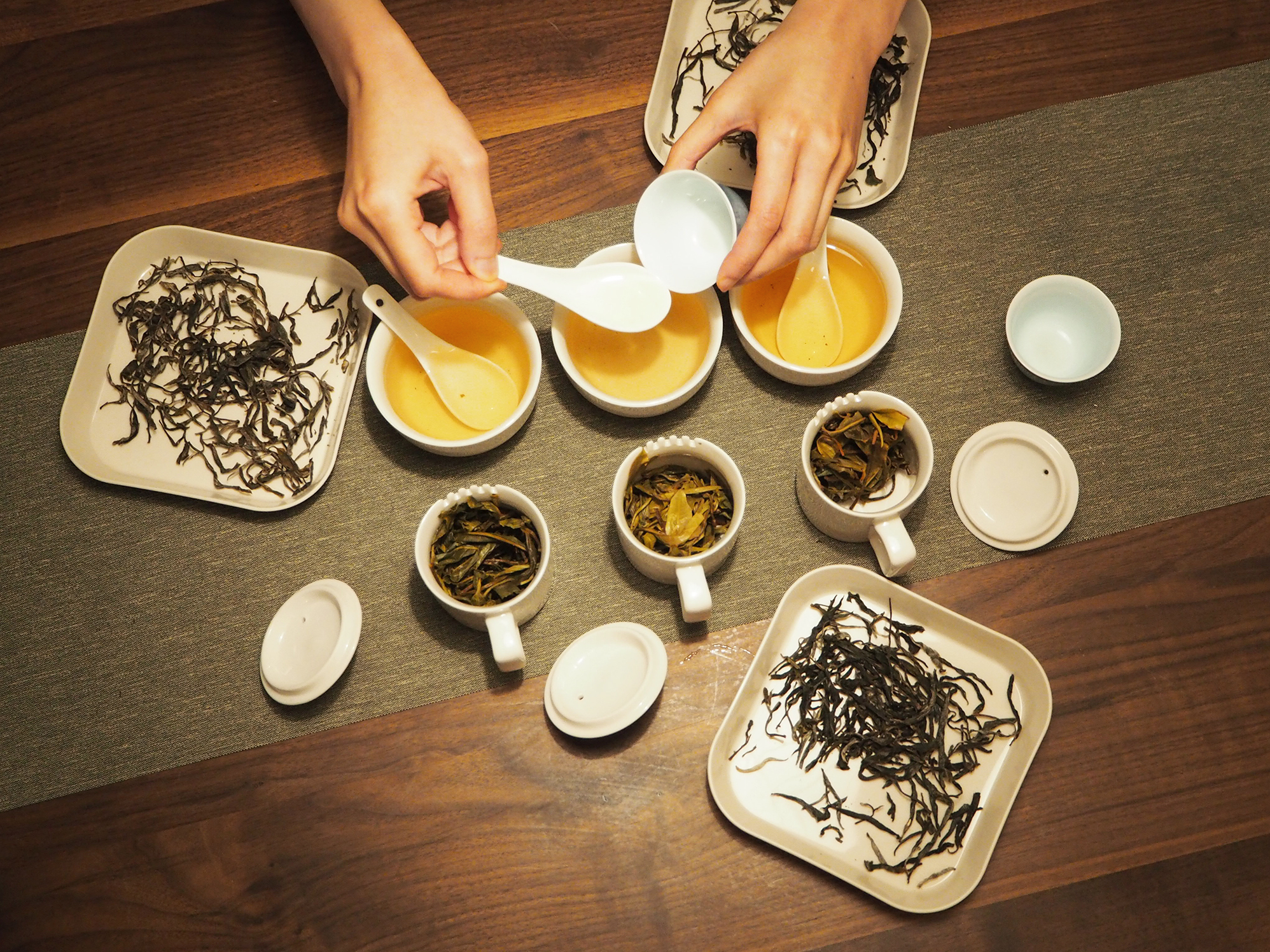
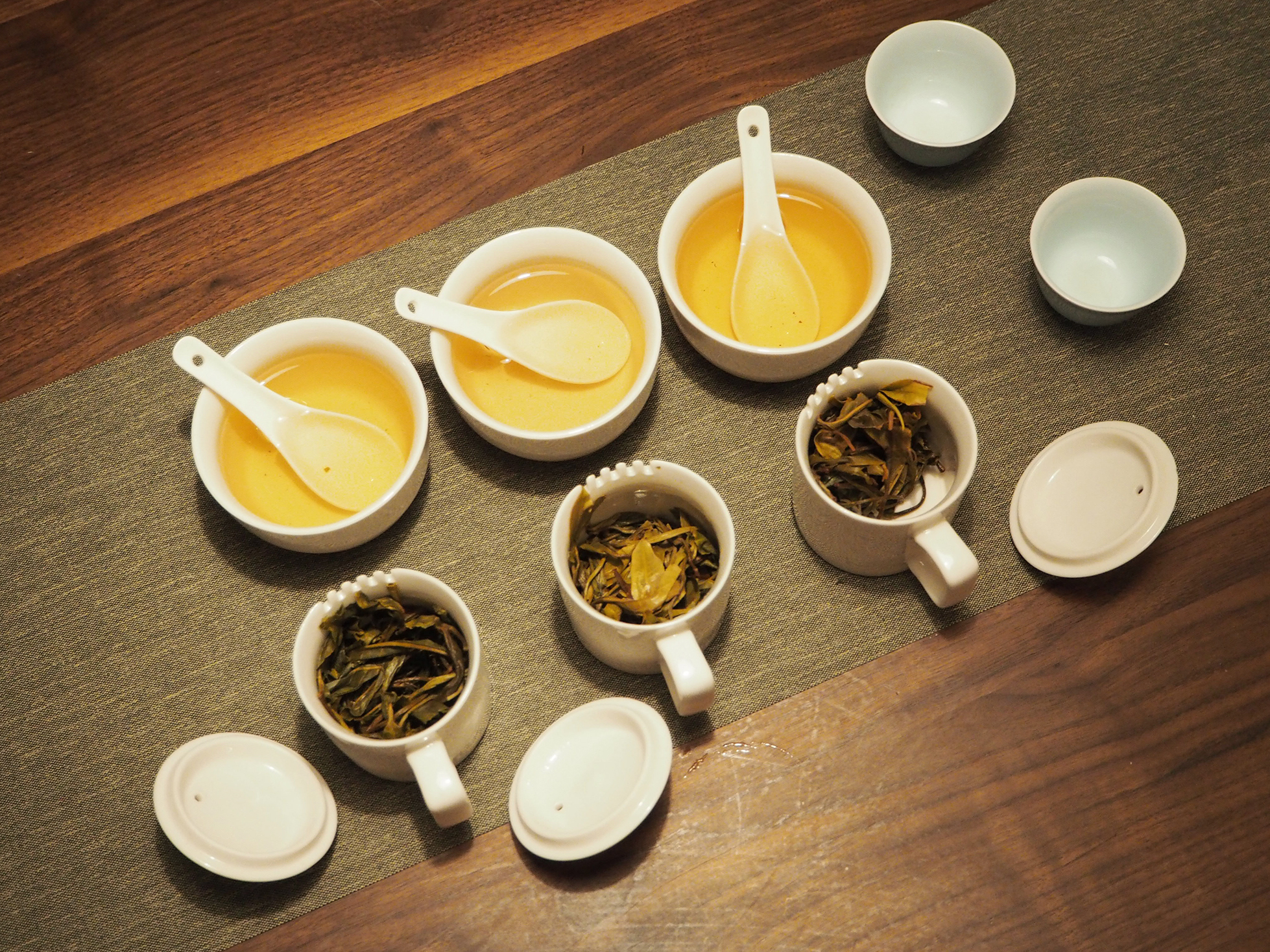
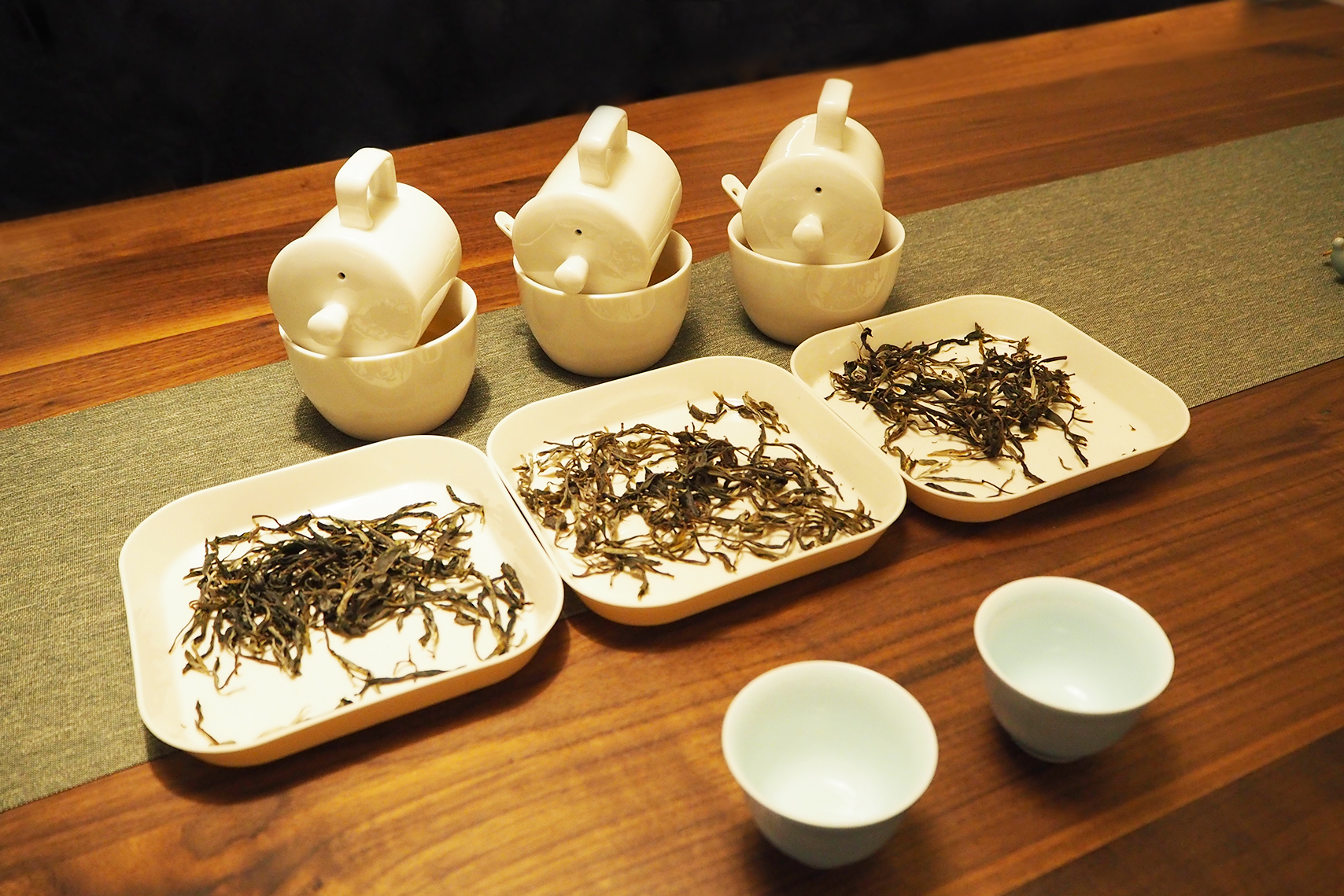
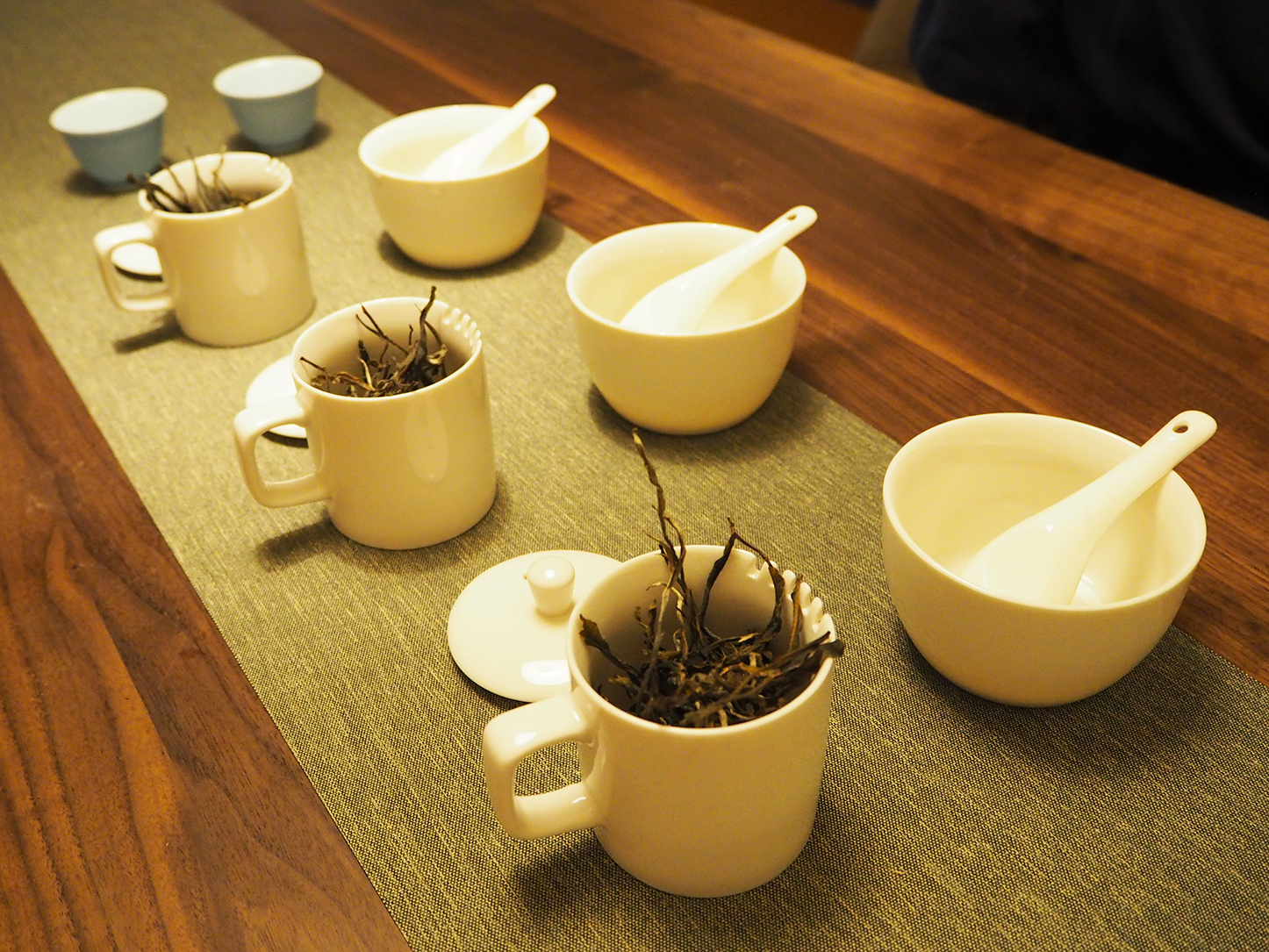
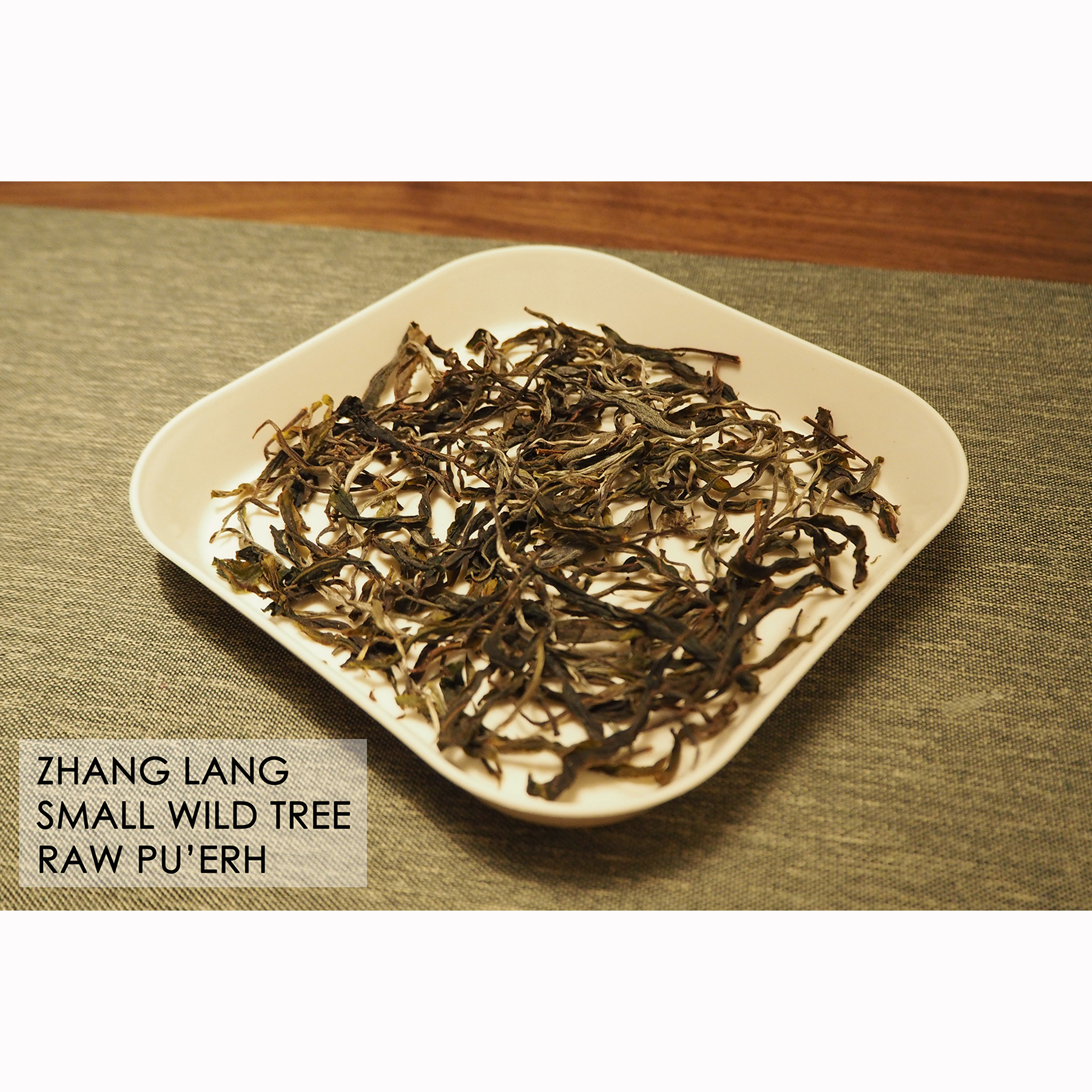
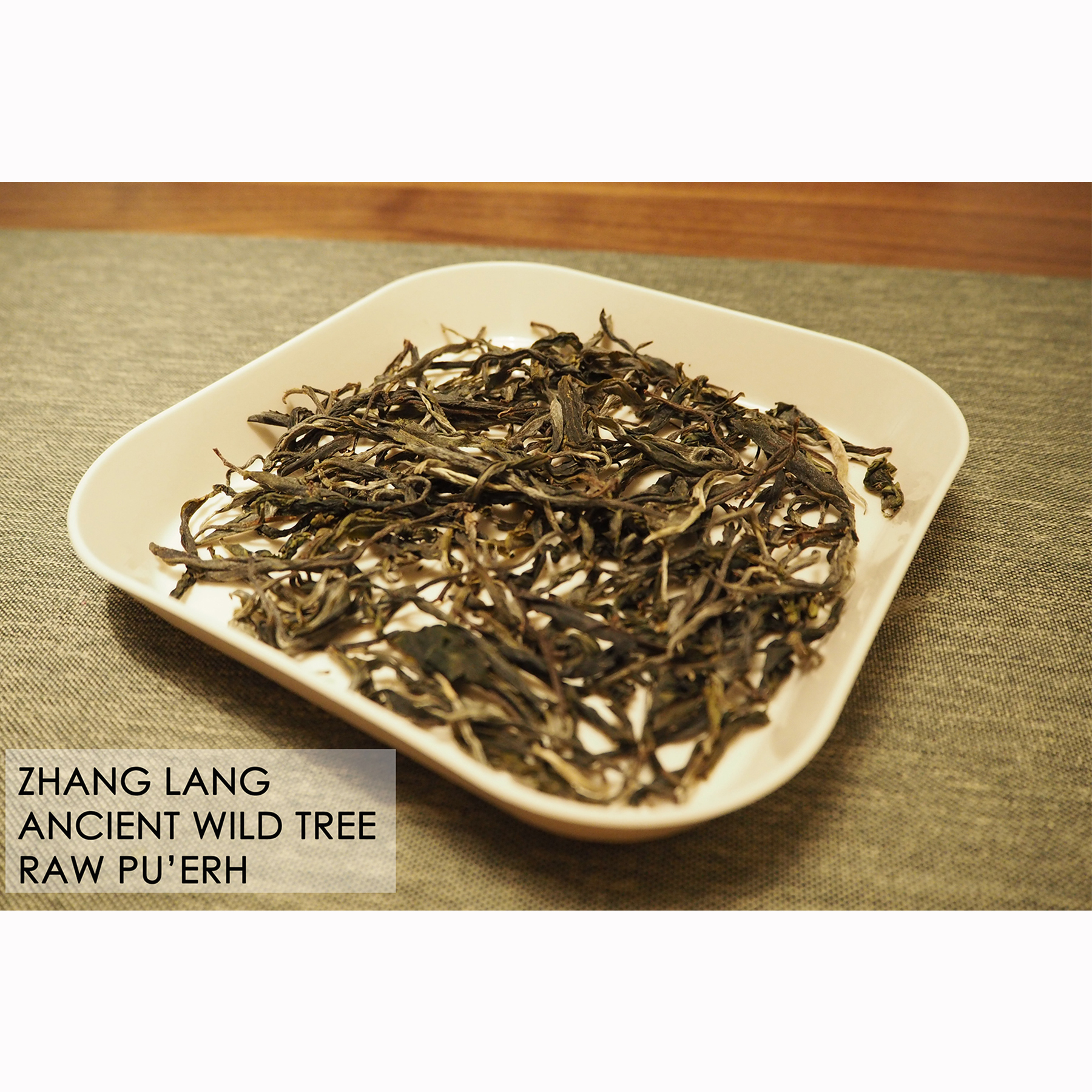
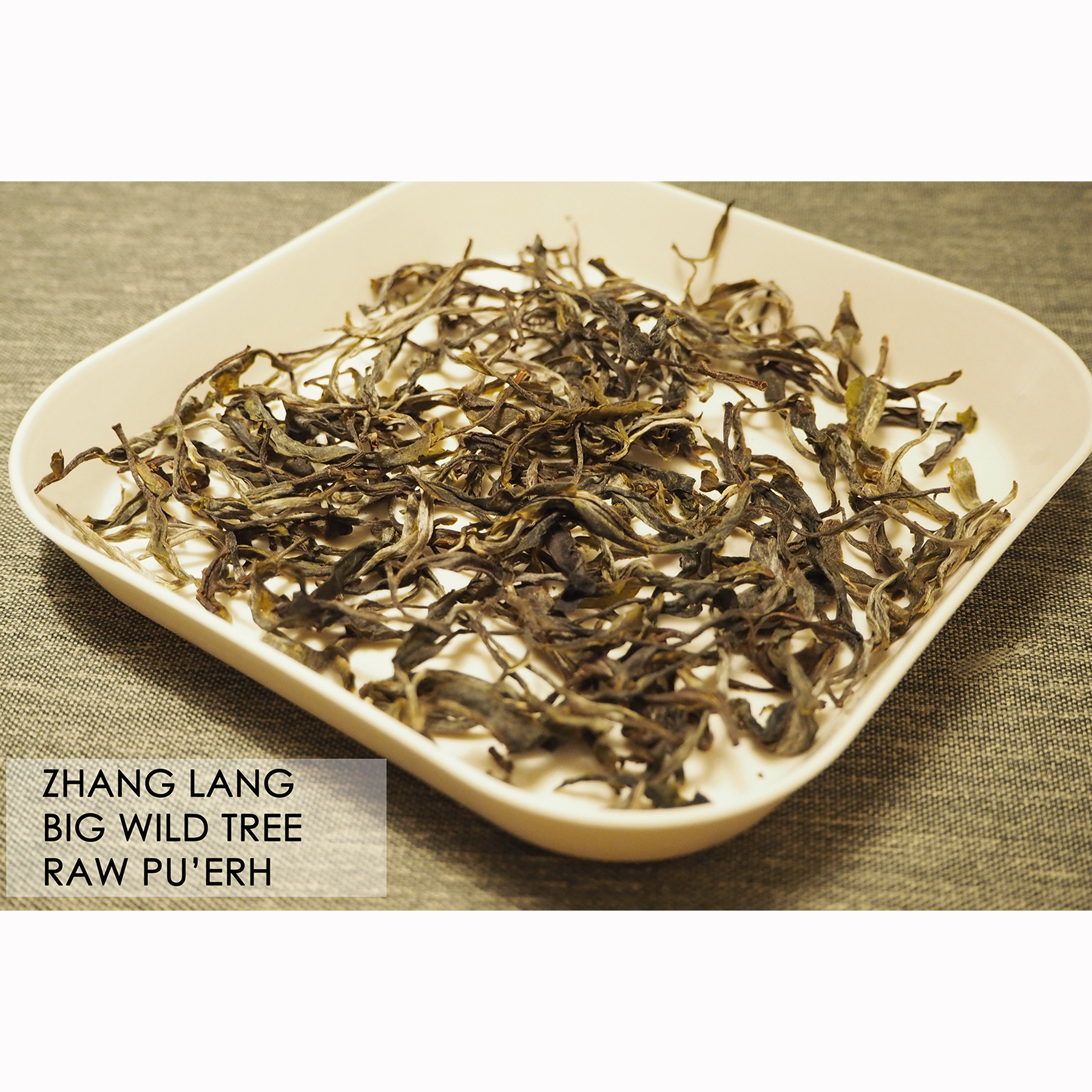
 If you purchase this product you will earn
If you purchase this product you will earn 